Once shunned, surfing in Brittany is now very popular. In fact, Brittany has seen a sharp increase in the number of surfers on its coasts in recent years. Just look at the growing number of surf schools. This increase can be explained by the pandemic and people’s need to spend time outdoors, as well as by technological improvements in surfing wetsuits that allow them to stay in the water longer without feeling the cold. What’s more, Brittany attracts surfers because of its geographical position, closer to France’s eastern neighbors such as Belgium, Germany, and the Netherlands than the south-west of the country. If you too would like to surf in Brittany, follow this guide to understand when and where to surf and what equipment you need.
Where to surf in Brittany
There are over a hundred surf spots exposed to the Atlantic waves
Brittany offers a wide variety of lefts and rights, as well as numerous types of breaks such as slabs, beach breaks and point breaks. The region benefits mainly from westerly swells, which can take on a slight north-westerly orientation in winter and south-westerly in summer.
To answer this question accurately, it is necessary to cross-reference real-time wind, swell and tide data, as Brittany is undoubtedly one of the places where surfing forecasts are the most difficult to make. The coast is highly indented and exposed to some of the highest tides in the world, as well as shifting winds and short-period swells. As a result, it’s not uncommon to encounter surf windows lasting only an hour at certain spots.
However, we can give you some general indications. Brittany can be divided into three parts, each with its own particularities.
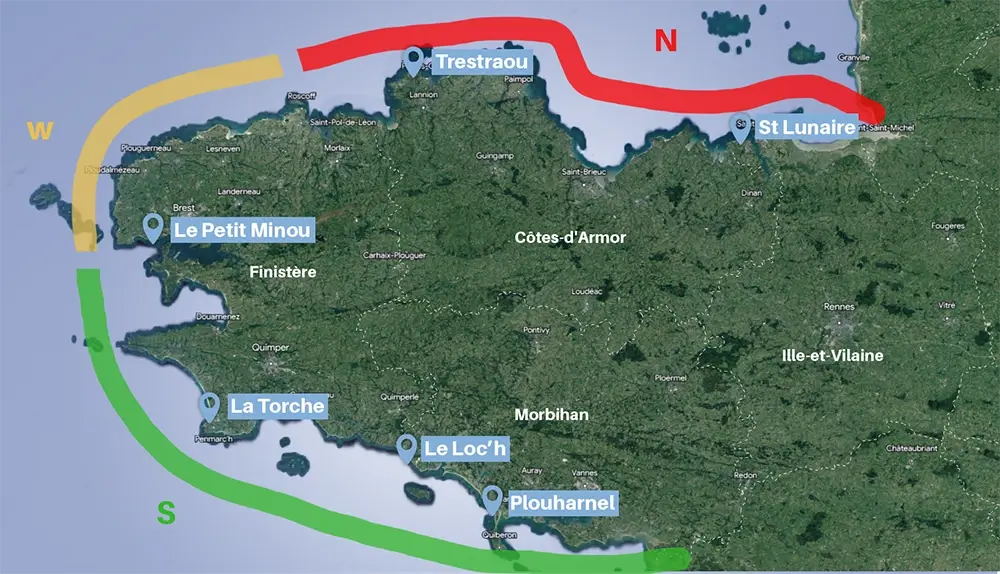
North Brittany: (N) This part of Brittany is characterized by a mixture of beaches and rocks. The swell has to make its way through the English Channel between France and England, making surfing more capricious.
West Brittany: (W) This part of Finistère is famous for its rocks and slabs. It’s the stoniest part of the Brittany coast, and is very exposed to swells in winter.
Southern Brittany: (S) This part of Brittany is characterized by a greater presence of beaches and generally offers the best surfing conditions and the greatest consistency.
Here are some of the most popular spots in Brittany:
Once again, these are the best-known surf spots. There are almost a hundred of them scattered along the coast. There are 3 areas with a high concentration of quality spots: Crozon, Baie d’Audierne, and Quiberon.
When to surf in Brittany
More or less all year round, depending on your ability, willingness and mobility
The surfing seasons in Brittany do not perfectly correspond to the traditional seasons (winter, spring, summer and autumn), although they are not entirely far apart.
November – December – January – February :
This is the most consistent period in Brittany, with all three coasts offering consistent surfing conditions. It’s also the windiest time of year, with the biggest swells. The waves are the most powerful, but the weather can be unpleasant.
March – April – May :
The winds start to calm down, the water is still cold but starts to really warm up at the beginning of May. Waves from the North Atlantic continue to break. The northern part has become less consistent over the last two months, and storm swells are becoming rarer throughout the region. Surfing is still constant on the other two coasts, although the waves are smaller and the fall-back spots less used. This is normally a good time to surf in Brittany, as the sun is back and the waves are still present.
June – July – August :
It’s the hottest season in France and Brittany, on land and in the water, but also the least reliable in terms of waves. It’s rare to surf the entire north coast, and surfing is mainly concentrated on the tip of the region. This period should be avoided by experienced surfers, as the waves are often too small, but it’s a good time to try out the water for the first time, thanks to the pleasant weather.
September – October :
This is one of the best times to surf in the region, as the water remains relatively warm and the weather pleasant. In addition, good-sized swells start to form in the North Atlantic and pulse towards the region. Be careful, however, on the north coast, which is still capricious during this period.
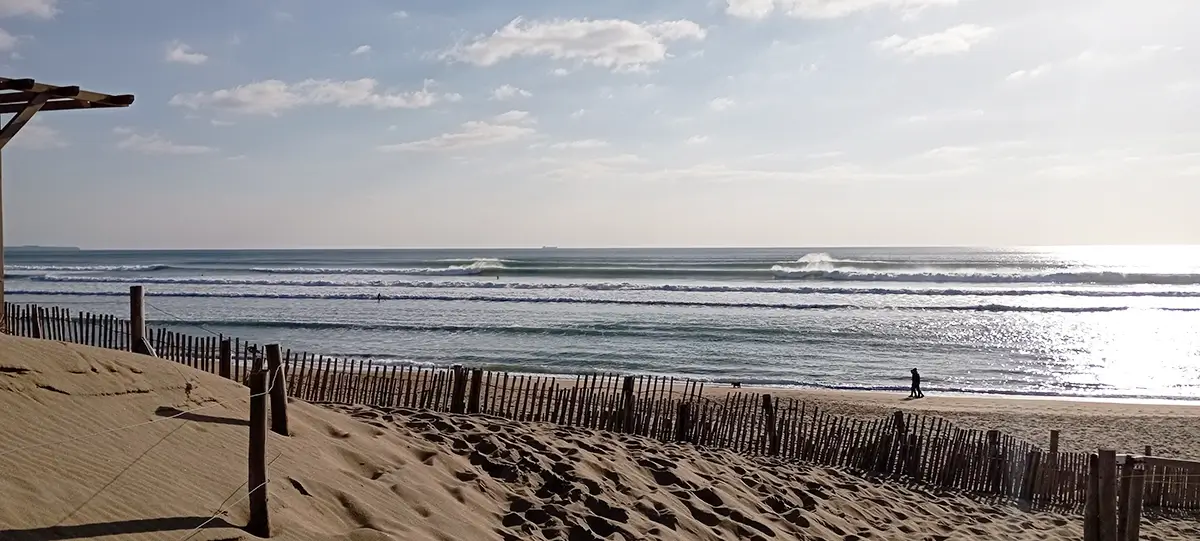
Surf equipment in Brittany: boards and wetsuits
What you’ll need to surf the region
Neoprene
A wetsuit is an essential second skin for surfing in Brittany, where water temperatures fluctuate between 8 and 18°C.
Most surfers opt for a 4/3 wetsuit all year round, to which they add booties and a hood in winter. Locals generally wear booties from November to April/May and a hood from December to March/April.
The board
For intermediate and advanced shortboarders. Because of the particular conditions in Brittany (cold, neoprene) and the quality of the waves, we recommend that if you only bring one board, you opt for one with a little more volume and/or length than your usual performance shortboard.
Buying: There are numerous surfshops along the coast offering international brands and local shapes. The second-hand market is also well developed (check out the website “Le Bon Coin” and the many dedicated Facebook groups).
Renting: During the summer months (May to September), it’s possible to rent wetsuits or boards from the many surf schools at the most popular spots. This can be very convenient for beginners, but for more experienced surfers, it can be difficult to rent anything other than a surfboard suitable for surf schools (such as a foam longboard).
When it comes to surf accessories such as grips, fins, and leashes, we have everything you need in stock. As a Brittany-based brand, we can deliver very quickly and provide you with the equipment you need.
Do you have any specific questions you’d like us to answer? As locals, we’d be delighted to provide you with information and advice.
Feel free to leave us a comment.

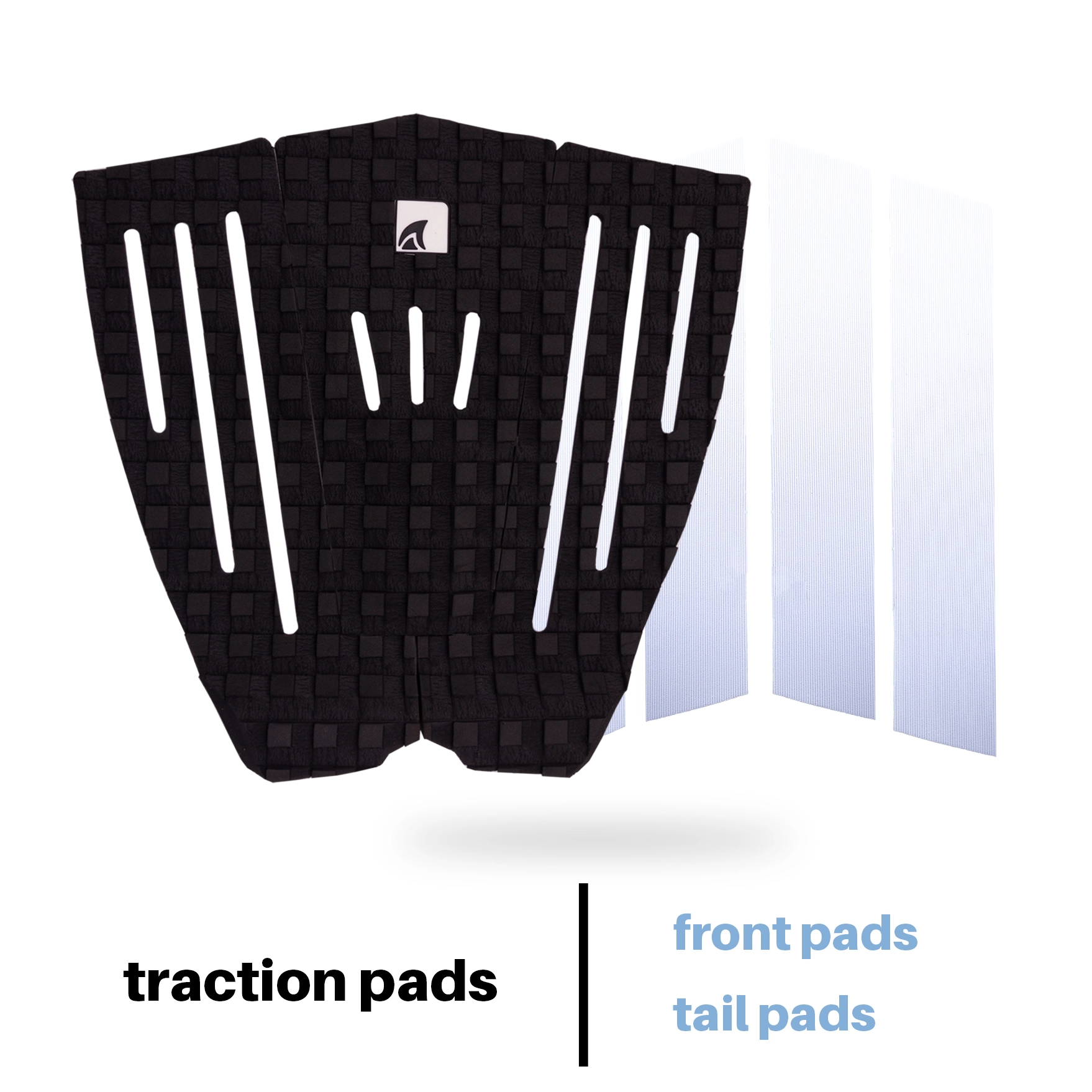


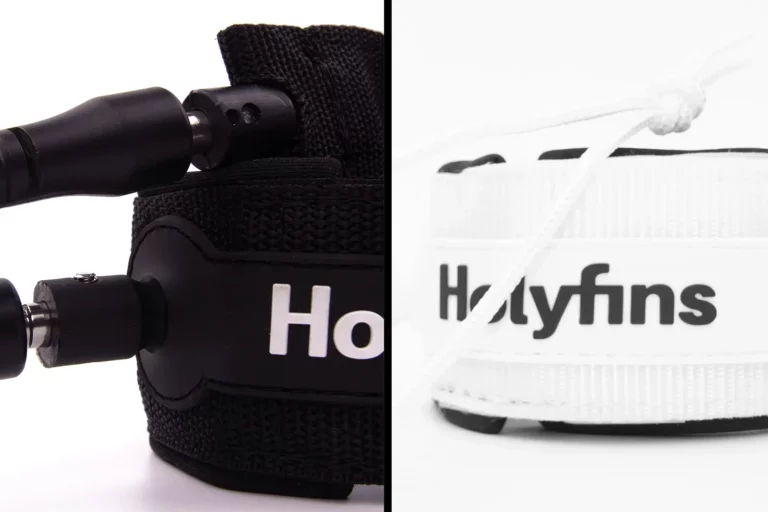
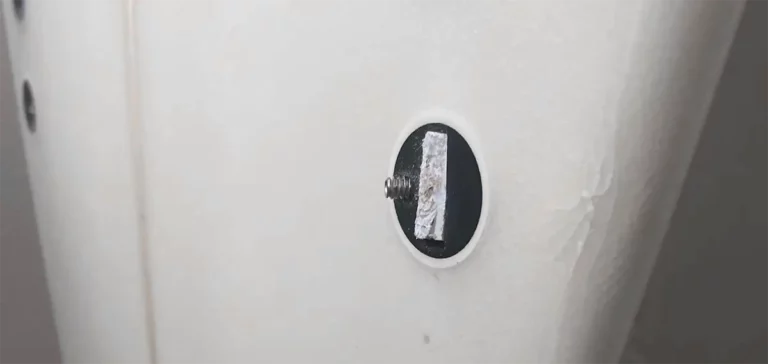
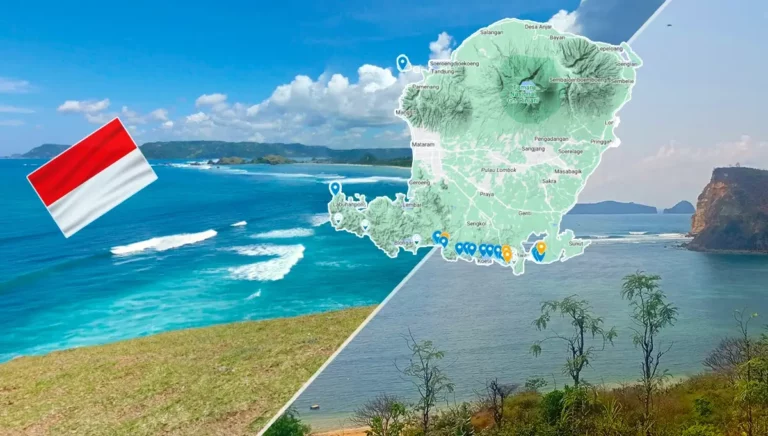
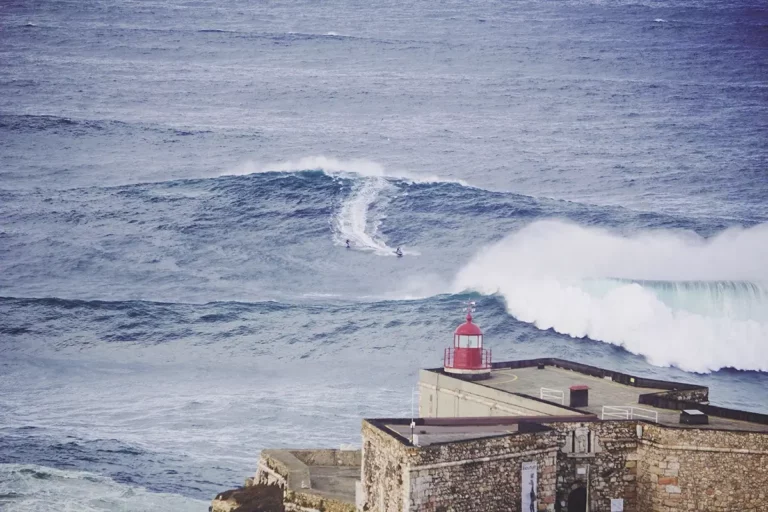
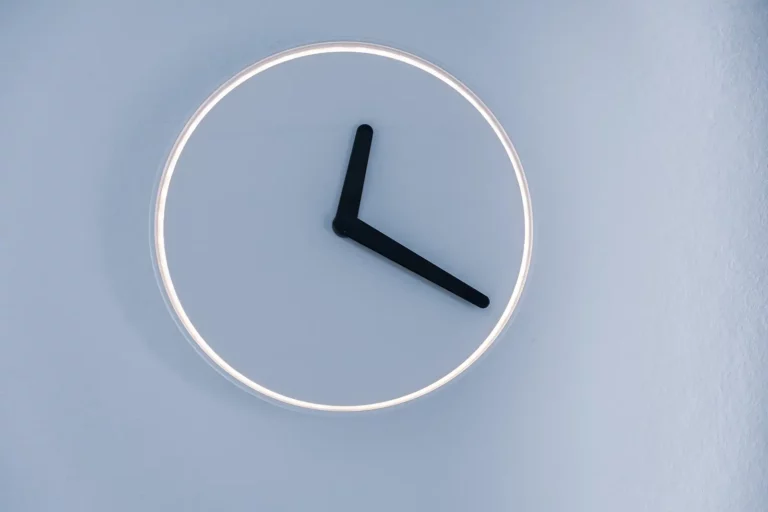
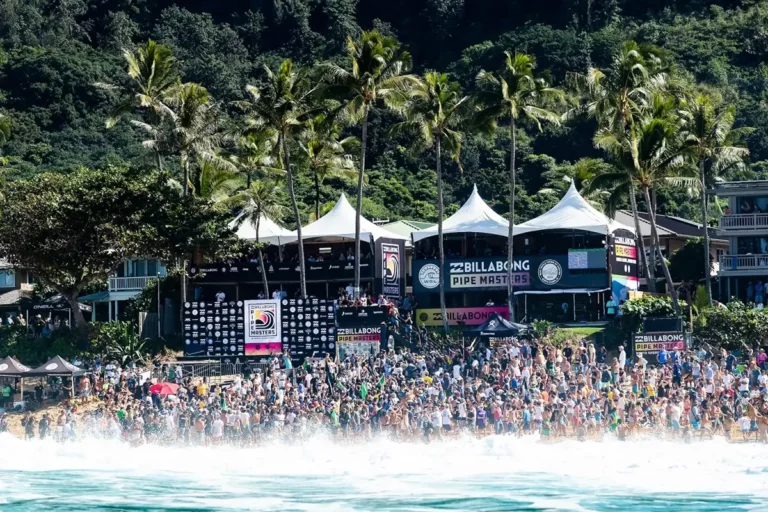
Leave a Reply